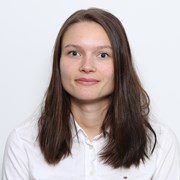The project focuses on the thermal properties of TILs, and performance under arctic conditions.
Liquid-insulated power transformers, which are key components in the power system, use liquids and liquid-impregnated cellulose for insulation. The properties of the insulation materials are crucial in order for safe and reliable transformer operation. In addition, the TIL also acts as a coolant so that the transformer is not overheated.
Mineral oils have been the primary TIL used for more than a century, and current design and practices are largely based on their properties and functional behavior. New TILs with environmental, HSE-related and technical advantages have entered the market. There is currently a gap between the requirements for transformer and available information on the performance and standards regarding alternative TILs which is preventing the industry from adopting these new materials.
NewLifT aims to establish new knowledge on the thermal behavior of TILs and insulation systems through the following objectives:
- Develop fluid-dynamic thermal models of transformer winding under transient load and arctic temperatures. The models will be verified using and experimental rig and measurements from a real transformer. The model and experimental rig will be used to investigate how viscosity influences the cooling capacity of various liquids.
- Study moisture dynamics between oil and cellulose and the impact of temperature and humidity variations on cellulose performance and aging.
- Derive temperature limits for safe operation at high temperatures to avoid water vapor bubbling and breakdown
- Investigate withstand voltages of liquids at low temperatures through experimental studies.
Partners:
This is a Collaborative and Knowledge-building Project partly financed by the Research Council of Norway.


